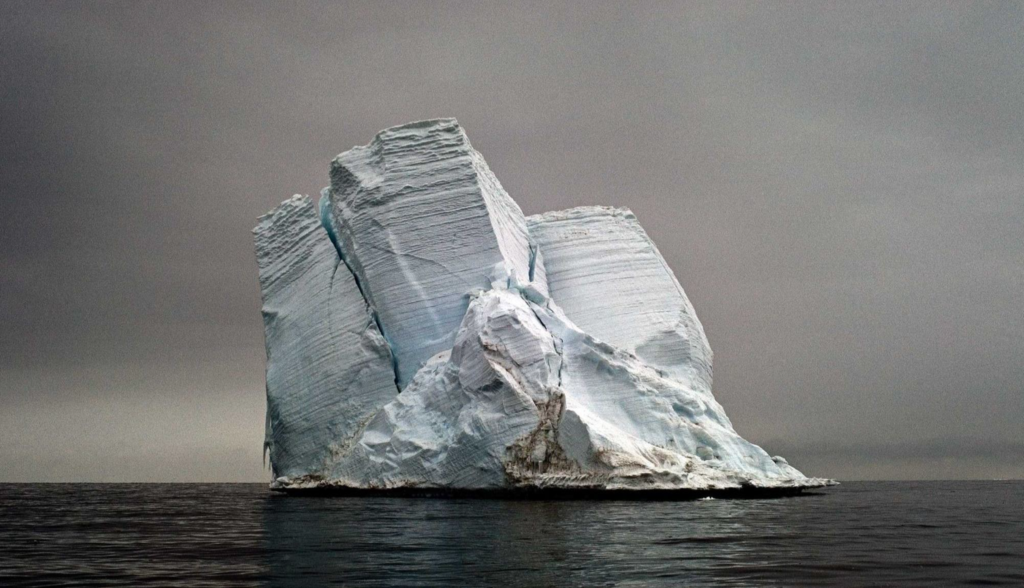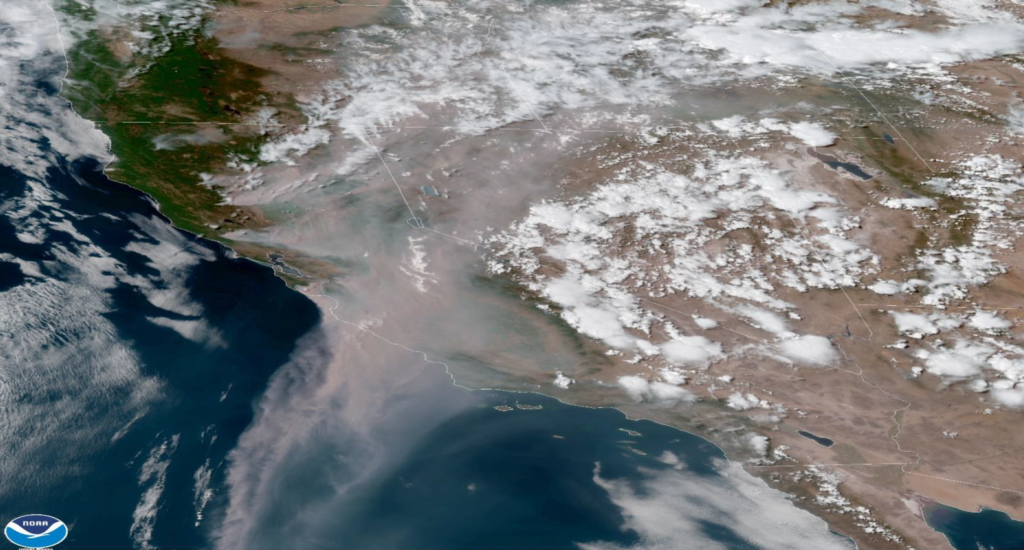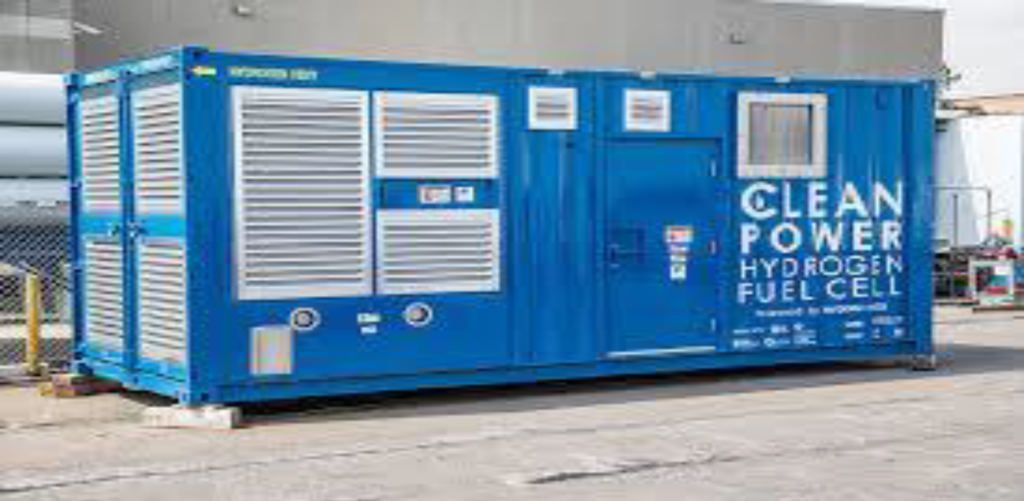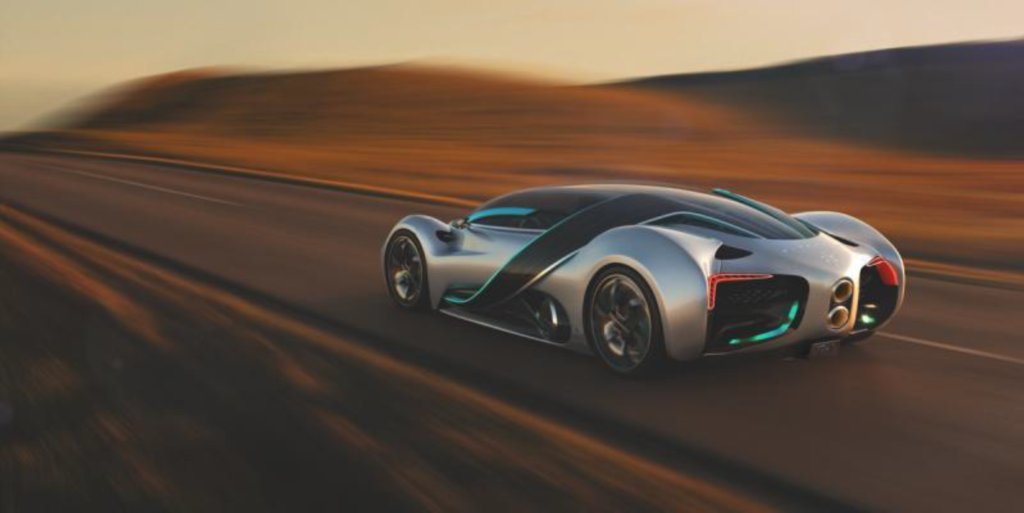
Throughout human history there have been instances where a piece of technology and the choice to employ it has advanced the whole world, and in so doing dramatically altered the future.
Metallurgy, gun powder, and sanitation are clear examples of this, but perhaps in the past millennium the technological element that is responsible for all that followed after was in 1457. Prior to 1457 steps towards moveable type had been made, but it was in that year that the printing press moment truly came to fruition. The ability to easily put thoughts onto paper in mass quantity without having a gaggle of scribes had finally arrived, and the consequences of that would go on to shape literally every year thereafter. Even today the printing press is still impacting humans. However, humanity has arrived at another printing press moment, and its decision of what to do with hydrogen fuel cell technology will alter the course of all future events.

However, before a discussion of the future can take place the present and recent past must be examined. Even before 2019 it was no secret that South Africa was running out of water. Between the impacts of little rain, no investment into sustainable water sources, and an ever-increasing population South Africa had charted a course towards being very thirsty. In 2019 South Africa’s thirst for water could no longer be sated which caused dramatic impacts to every part of life. Even tourists were forced to conserve water when they found it impossible to take baths due to the lack of water plugs in bathtubs.

To say that South Africa was unique in miscalculating the need for clean water and the future would be completely inaccurate. India is another country that has clean water challenges, though, India arrived at its dire situation slightly differently. For decades India’s population has been growing at a tremendous rate and its closest competitor where population growth is concerned is only China. Unlike South Africa, India has access to major rivers and the glaciers in the Himalayas. Many of its coastal cities also get hit by typhoons that provide generous amounts of water. Unfortunately, besides human population mis-management India has managed its water sources over the past several decades poorly, and now an estimated 70% of India’s surface water is too degraded to be used as drinking water.1 India only treats a small part of its waste water, which continues to geographically widen the decline of its drinking water. Perhaps the saddest consequence of this mis-management is the annual loss of 400,000 lives just from having too little clean water.2 Many people in the world might assume that a country like the United States lacks none of the above issues where clean drinking water is concerned, but that would be a grossly unfounded assumption.

If there is one country that has done a worse job at managing its sources of clean drinking water, then it is the United States. In the northeastern part of the United States the Cuyahoga River caught fire more than once.3 It was essentially treated as a catch-all for any pollutants and sewage that people wanted to get rid of, and today the water quality in that river is still too degraded to be considered safe. California has found itself multiple times over the past several decades desperately trying to conserve water. More recently, Flint Michigan has been under enormous scrutiny regarding the historical degradation of its drinking water. Each day in Flint people line up to get “free” bottled water from Nestle because, for many people, the quality of the water from the tap is too far below the standards for acceptable drinking water. In the southwestern part of the United States there are towns where arsenic levels are so high that municipalities send out regular notices letting residents know that they are drinking water that contains levels of arsenic that are higher than what ought to be found in clean water.

However, thanks to inadequate conservation efforts, over population, and irresponsible air pollution practices the United States, especially the western part of the United States, also finds itself with another issue: unreliable electricity. For the past three years, and even during the winter, when the wind blows through California many people find themselves being cut off from the electrical grid, and they are left to fend for themselves where electricity is concerned. For being the world’s fifth largest economy and all of the benefits that ought to be enjoyed with such a productive economy, California has become a national electric joke. However, as time has progressed other states have found themselves in want of a reliable electrical connection with Texas being the most recent one. Despite being a major energy supplier to the rest of the United States in February 2021 Texas found itself with a failed electrical grid that barely avoided an even worse disaster. Texas discovered that the reliance on its source of pride, petroleum, left millions of Texans shivering in the dark when a series of potent winter storms and cold temperatures hit the state. During the crisis the price of natural gas surged 10,000%, and as the event was ending Texas found that parts of its water supply had also degraded.
The lack of clean water or reliable electricity certainly is not limited to the above geographical locations. Spin a globe of the world and then put a finger on it and a person will almost certainly have a finger on a country with similar problems. Every country presently relies on petroleum and many other countries suffer from inadequate clean water sources. These challenges are in fact facing nearly every human on this planet, and with almost eight billion people these issues can no longer be swept under the rug.
Unfortunately, to date humanity has almost entirely acted as if fuel cell technology does not exist, and instead it has arrived at “solutions” that are tenuous at best. In the case of South Africa an idea was put forward to drag an iceberg from Antarctica to South Africa and then melt the iceberg down into drinking water. In Texas to solve its extreme energy costs from the storms in February energy companies plan to charge customers higher rates over the coming years, but no solution of actually moving away from petroleum, at least in the U.S. and many other countries, is being put forth let alone put into action. In California, it is a free for all. Some in California blame farmers for the lack of drinking water and are trying to take water away from farmers. Another fix some have been trying to pursue is to build more piping to transport water from northern California to central and southern California, never mind the fact that in a drought the northern part does not have any extra water to give away.
Perhaps the worst part of all of those “solutions” is the continued dependence on petroleum. To put into place a system of dragging icebergs makes little since, especially since it does not solve the issue long term and
would only result in continued dependence on petroleum to bring the icebergs to South Africa. The same holds true for the plan that Texas has since it also relies on petroleum to somehow dig itself out of the hole that petroleum put it into in the first place. Setting aside the enormous issue of air pollution that petroleum-based products has created, petroleum makes no ethical or even economic sense. From 2003-2013 the CDC estimated that in the United States 1,189 people died from work related accidents in the petroleum industry.4 During that same time the Deepwater Horizon mishap occurred where it was revealed that faulty construction significantly contributed to the accident as did drilling incredibly far below the surface of the ocean. As of 2020 the cost of that incident to BP was about $70B.5 (In January of 2020 the Hydrogen Council estimated that it would cost $70B in investment to make hydrogen and bring it to price parity with the lowest cost low carbon alternative.) In the immediate aftermath of that accident the gulf coast fishing industry suffered significant decline, and that industry was responsible for about 40% of U.S. seafood consumption. Europe’s continued reliance on Russian petroleum since 2013 essentially paid for Russia’s annexation of the Crimean Peninsula. Reliance on petroleum still brings nations into conflict with each other and it wreaks havoc on the global economy as seen most recently in 2020 when the cost of petroleum went into negative territory for the first time ever. However, humanity has the choice to move completely away from petroleum products and considerably improve its water situation because hydrogen fuel cell technology is ready for primetime.

The mechanics of hydrogen fuel cell technology are simple. For the fuel cell itself “[a] single fuel cell consists of an electrolyte sandwiched between two electrodes, an anode and a cathode. Bipolar plates on either side of the cell help distribute gases and serve as current collectors. In a Polymer Electrolyte Membrane (PEM) fuel cell, which is widely regarded as the most promising for light-duty transportation, hydrogen gas flows through channels to the anode, where a catalyst causes the hydrogen molecules to separate into protons and electrons. The membrane allows only the protons to pass through it. While the protons are conducted through the membrane to the other side of the cell, the stream of negatively-charged electrons follow an external circuit to the cathode. This flow of electrons is electricity that can be used to do work, such as power an electric motor. On the other side of the cell, air flows through channels to the cathode. When the electrons return from doing work, they react with oxygen in the air and the protons (which have moved through the membrane) at the cathode to form water. This union is an exothermic reaction, generating heat that can be used outside the fuel.”6 To power a hydrogen fuel cell hydrogen can be extracted from water, stored in a tank, and then feed into the fuel cell as needed. It is also possible to extract hydrogen from a number of other sources, which means that the fuel cell can easily be used in the middle of a desert or next to the ocean. Recently Saudi Arabia and South Korea entered into an agreement where Saudi Arabia would provide the natural gas that South Korea would then use to extract hydrogen from.7 The remaining carbon would be captured and transported back to Saudi Arabia.
However, one of the most essential factors of hydrogen fuel cell technology is it gives countries the ability to completely switch off from petroleum based electrical generation and it gives countries a continuous and completely renewable source of fresh water. As a general rule 1kg of hydrogen used to create electricity creates 1 cup of water as “waste.” A typical four person family using a hydrogen fuel cell for all of its electrical needs would require about 16kg of hydrogen each day, which would translate into 1 gallon of water. However, if hydrogen fuel cells were to power a whole city, then that family would also have an additional 2-4 gallons of water to work with each week. Presently in many cities globally public lighting for streets and highways happens every night, but there are also airports, colleges and universities, commercial offices, cellular towers, and other sources that need electricity when many people are in bed. All of those sources would be able to use electricity from a fuel cell that would then create additional water that could be re-distributed for human consumption. Some energy users, like airports, may want to retain for their own use the water they create, but other sources like cellular towers and street lights do not have any use for the water they would create and could give away 100% of the water they produce. Conservatively then, that family of four would have 9 gallons of water with which to offset its water needs each week. It certainly is possible to scuff at 9 gallons of water, but the recommended daily drinking water needs for that family would be almost 40% supplied by the water from hydrogen fuel cell technology. A single person may find that all of her daily drinking water can be supplied by that same source. That then would allow the typical water source that any municipality depends on to be sufficiently augmented so that the primary water source would last longer, and the augmentation would be permanent. Another benefit of that water is that the water produced by hydrogen fuel cells is pure, which means that treating it would cost less than treating the water from a lake, well, or any other source. Therefore, while increasing the water supply the treatment cost would not rise appreciably.
Furthermore, as was mentioned earlier a clean and fully sustainable additional water source is not the only benefit of hydrogen fuel cells. Hydrogen extraction can happen anywhere whether it be from garbage, natural gas, or water, which enables any country to either be fully energy independent or have a far broader offering of trading partners for hydrogen. This offers the further advantage of no more Deepwater Horizon events, no leaking municipal natural gas mains, and best of all it means that there is no need for someone to die just to produce a barrel of oil. For those who live in a place, like Beijing, it also means being able to see where a person is going as a person travels down a street, because the pollution from coal plants and petroleum-based vehicles will no longer obscure the way.
Another benefit of hydrogen fuel cells where vehicle ownership is concerned is that they do not require anything of the end consumer. Just like the internal combustion driven vehicles they will replace, they need only be taken to a hydrogen fueling station periodically and after no more than five minutes they are ready to take off, again. Perhaps the only real adjustment end consumers may face is no more money and time lost to oil changes and smog checks, but most consumers will find having more money and time to be easy adjustments.

Without any doubt there are people who will point to the cost of implementing a conversion of the existing gas pipes to carry hydrogen. Other critics will point to the cost of converting gasoline stations into hydrogen stations. Still others will find fault with the cost of hydrogen fuel cells themselves. Regardless of the argument, though, the cost of continuing to rely on petroleum does not make sense in light of how many lives it would save each year in the energy sector let alone when the whole world is concerned. After all, who is prepared to tell a new born child in India, South Africa, or the United States that she or he is not worth investing
in? When it comes to saving lives, especially the lives of young people, we have the power now to save those lives where electricity generation and clean water are concerned. Who is prepared to make the call to walk away from that power and let the tiny human coffins continue to stack up?

There is a common expression: you can’t have your cake and eat it too. However, a vehicle like the Hyperion XP-1 proves that for the first time humanity will be able to have the fun it wants and the energy it needs at the same time (plus some clean drinking water). The XP-1 offers a driving range of 1,000 miles, a 0- 60 speed of 2.2 seconds, and yet it is powered by hydrogen fuel cell technology.8 There is no Aston Martin, Ferrari, or any other designer car that can match the XP-1 in terms of speed, range, or the ability to have both while contributing zero pollution. So here we all are, at a printing press moment, a moment that does not come around every decade or even every century. We know the brink that petroleum has brought us to whether it be from the Exxon Valdez, Deepwater Horizon, the black smoke belching out of burning oil wells in a battle field, and we have even watched the sky disappear as it has in places like Beijing. It is time now for humanity to step back from that brink, embrace hydrogen technology completely, and move forward into a future where people do not die every day whether from working on an oil rig in the middle of the ocean or from the lack of a little clean water.


Jesse Lyon
Jesse Lyon is a hydrogen fuel cell thought leader and world-class essayist who is committed to helping bring a hydrogen economy to life imminently. His previous work involved ten published papers on the topics of cyber liability and technology E&O, plus one paper that introduced the insurance sector to robotic liability.
Read the most up to date Fuel Cell and Hydrogen Industry news at FuelCellsWorks




